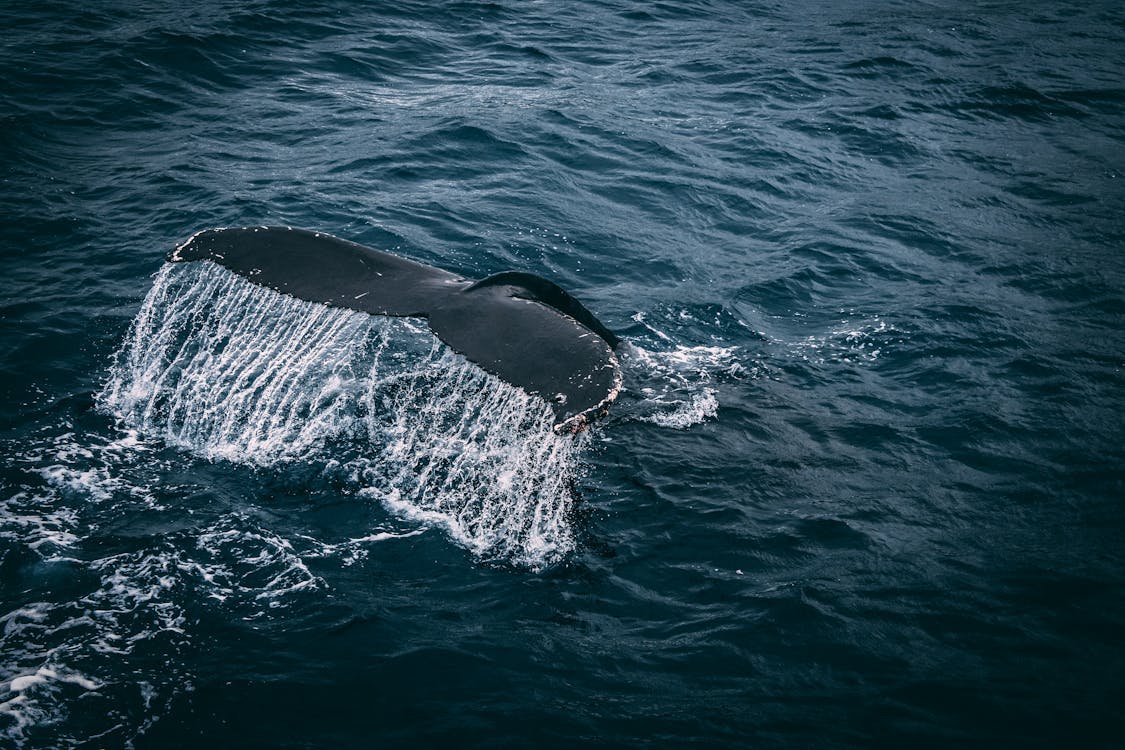Whales, the majestic giants of the deep, have fascinated humans for centuries. Their sheer size and grace are awe-inspiring, but what truly captivates scientists and enthusiasts alike is the mysterious and beautiful sounds they produce. Often referred to as “songs,” these vocalizations are not just random noises; they form a complex system of communication that researchers are still working to decode. This article explores the nature, purpose, and intricacies of whale communication, shedding light on why these creatures are regarded as the musicians of the ocean.
Whale Songs: Nature’s Symphony
Whale songs are perhaps one of the most iconic forms of marine communication. The most well-known singers are male humpback whales, whose haunting melodies can travel for miles underwater. These songs consist of a series of moans, cries, clicks, and whistles that follow a specific rhythm and structure, much like human music. Incredibly, these songs can last anywhere from a few minutes to several hours.
The songs are often repeated in cycles, with slight variations introduced over time, and they can change seasonally. Scientists have observed that all male humpback whales within the same geographical region sing the same version of the song, but it evolves collectively. This group dynamic has led some researchers to describe whale songs as a form of cultural communication, akin to how human traditions evolve.
The Purpose Behind the Songs
For many years, the purpose of these whale songs remained a mystery, but recent research has shed some light on the matter. One of the most accepted theories is that the songs serve as a form of mating call. Much like birdsong, male humpback whales sing to attract females, and the more complex and beautiful the song, the higher their chances of success in reproduction. Interestingly, only males are known to sing, which further supports this theory.
However, mating is not the only explanation. Whale songs may also serve as a means of social bonding or to establish territory. Some scientists believe that these vocalizations help whales identify and locate one another over vast distances in the ocean, especially in the deep, dark waters where vision is limited. The ability to communicate through sound is essential in a habitat where animals can be separated by hundreds of miles.
Beyond Humpbacks: Other Whale Vocalizations
While humpback whales are the most famous singers, other whale species also use sound to communicate. Sperm whales, for example, produce a series of clicking sounds known as “codas.” These codas are believed to serve a different function than humpback songs, acting as a form of individual identification, much like a name. Each sperm whale appears to have a unique set of clicks that other whales can recognize.
Beluga whales, often called the “canaries of the sea,” are known for their wide range of vocalizations, including whistles, squeals, and clicks. Unlike the structured songs of humpbacks, beluga vocalizations are more conversational, often used in close social interactions.
Orcas, or killer whales, are another highly vocal species. They communicate using a complex system of clicks and whistles, and different pods of orcas even have their own unique “dialects.” These vocalizations help them coordinate hunting strategies, navigate through their environment, and maintain tight-knit family bonds.
Echolocation: Nature’s Sonar
In addition to their songs and calls, many whale species use echolocation to navigate their surroundings and hunt for food. This is particularly common among toothed whales like sperm whales, orcas, and dolphins. Echolocation works by emitting a series of clicks and then listening to the echoes that bounce off objects in the environment. By interpreting these echoes, whales can determine the size, shape, and distance of objects, allowing them to hunt in complete darkness or murky waters.
This form of communication is essential for survival in the ocean’s depths, where light doesn’t penetrate and visibility is often limited. It’s a powerful tool that enables whales to track prey and avoid obstacles.
The Impact of Human Activities on Whale Communication
While whales have evolved to communicate over vast distances, human activities are increasingly disrupting their natural soundscape. The ocean, once a relatively quiet place, is now filled with noise from ships, submarines, drilling operations, and sonar technology. This man-made noise pollution can interfere with whale communication, making it harder for them to find mates, navigate, and locate prey.
Research has shown that whales may alter their songs in response to loud noises, sometimes increasing the frequency or amplitude of their vocalizations to be heard over the din. In extreme cases, they may stop singing altogether, which can have serious consequences for their reproductive success and social cohesion.
Conservation efforts are now focusing on creating “quiet zones” in the ocean, where human activities are limited to protect the acoustic environment of whales and other marine species.
The Future of Whale Communication Research
Despite decades of study, whale communication remains a field full of mystery and intrigue. Technological advances such as underwater microphones (hydrophones) and artificial intelligence are helping researchers make progress in deciphering the meaning behind whale vocalizations. Some scientists hope that by fully understanding whale communication, we can gain insights into their behavior, social structures, and even their emotional lives.
In conclusion, whale songs and vocalizations are a testament to the complexity and beauty of the natural world. These majestic creatures have developed a sophisticated system of communication that continues to astound and inspire us. As we work to protect their habitats from the threats of noise pollution and environmental destruction, we may one day fully appreciate the mystical songs of whales and the deeper meanings they hold within the vast, mysterious ocean.

